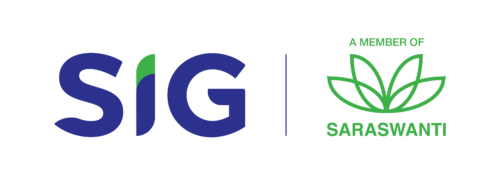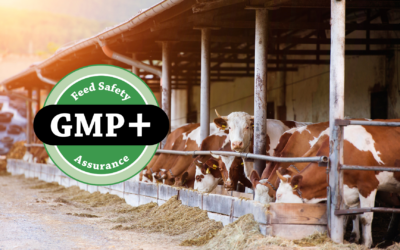Subchronic Toxicity
– Acute Toxicity
– Chronic Toxicity
– Dermal Acute Irritation
– Eye Irritation
– Sensitization
– Subchronic Toxicity
– Systemic Toxicity
– Vaginal Mocous Irritation
Description
Subchronic toxicity is the test that continues after the acute toxicity test. The difference between the two tests is the duration of time the substances are exposed to. Subchronic toxicity requires more time than acute toxicity. The amount of time required for exposure based on the duration of the substance’s use in humans.The purpose of the chronic toxicity test is to identify hazardous effects that may arise from repeated oral or dermal exposure over a short period of time during half of life expectancy, but not more than 10% of life. In addition, the test’s goal is to learn about the likelihood that toxic effects may manifest themselves that are not observable in acute toxicity tests, the dose at which there are no toxic effects (known as the NOAEL), as well as the cumulative impact and reversibility of such chemicals. The safety of the product in accordance with current regulations is the ultimate goal of all efforts.
How can SIG help?
As an authorized toxicity testing facility, SIG may conduct subchronic toxicity testing on a variety of pharmaceutical products, traditional medicines, cosmetics, and pesticides in accordance with all pertinent guidelines.
Method of Analysis
The Indonesian government has provided us with toxicity criteria, which we follow when conducting the testing. These standards include
- BPOM Regulation (Drugs, traditional medicine, and cosmetics)
- Toxicity guidance by Directorate of Fertilizer and Pesticides (Pesticides)
Library of Knowledge
GMP+ International Certification
Along with SIG's determination to strengthen its existence as part of a global network and towards a safer world, we are proud to announce that SIG has successfully received its first GMP+ FSA International (Good Manufacturing Practice System, Feed Safety Assurance)...
AOAC 2017 & 2022 Dietary Fiber, Appropriate Methods for Accurate Results
Fiber is a type of carbohydrate that cannot be digested by the human body so it can help regulate the body's use of sugar, helping to keep hunger and blood sugar in check. Great sources are whole grains, whole fruits and vegetables, legumes, and nuts (Institute of...
Leading for rice safety test! SIG become the one and only lab in South East Asia for Sulfuryl Fluoride detection
Rice is one of the main food commodities that are consumed by many people, especially in fulfilling carbohydrate intake. Central Bureau Statistics of Indonesia records rice consumption in Indonesia reaching 32.07 million tons in 2022. To protect the quality of rice...
SIG Laboratory
Graha SIG, Jl Rasamala No. 20, Taman Yasmin, Bogor, Jawa Barat 16113.
Phone. +62 251 7532 348
WhatsApp. +62 82 111 516 516
Email. marketing-sig@saraswanti.com
SIG Jakarta
Jl. Percetakan Negara No. 52 B RT 006 / RW 001, Rawasari, Cempaka Putih, Jakarta Pusat 10570.
Phone. +62 21 2147 9292
SIG Surabaya
AMG Tower, 12th Floor, Jl. Dukuh Menanggal 1-A, Gayungan, Surabaya, Jawa Timur, 60234.
Phone. +62 31 8253 1288
WhatsApp. +62 818 885 165
Email. marketing@sigsurabaya.com
SIG Semarang
Jl. Kanfer Raya Blok R No. 4 Pedalangan, Kec. Banyumanik, Kota Semarang, Jawa Tengah 50268.
Phone. +62 24 7004 0541
WhatsApp. +62 812 9000 5165
Email. cs.sigsmg@saraswanti.com
SIG Medan
Jl. Bunga Asoka, Ruko Komp. Asoka Raya Residance No. 1, Medan Selayang, Sumatera Utara 20133,
WhatsApp. +62 822 7207 9665
Email. salesmedan.sig@saraswanti.com
SIG Yogyakarta
WhatsApp. +62 896 4856 9422
Email. arifin.sig@saraswanti.com
SIG Makassar
WhatsApp. +62 853 3843 9816
Email. anwar@sigsurabaya.com
Operational Hours
Monday to Friday
08.00 - 17.00 WIB.


FOLLOW US



